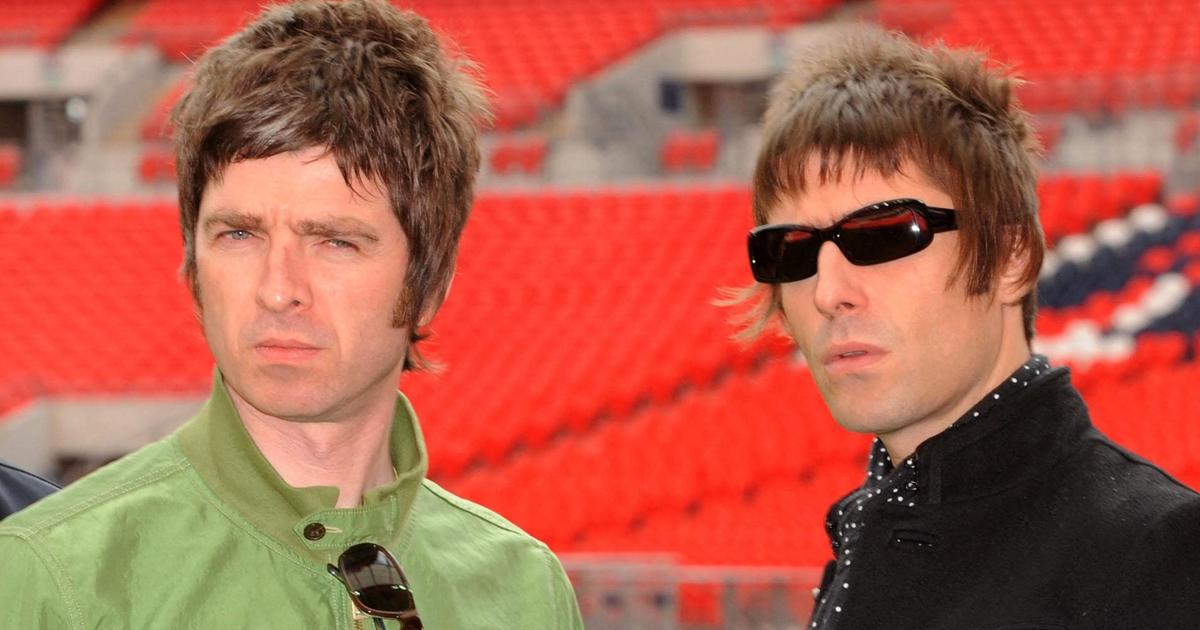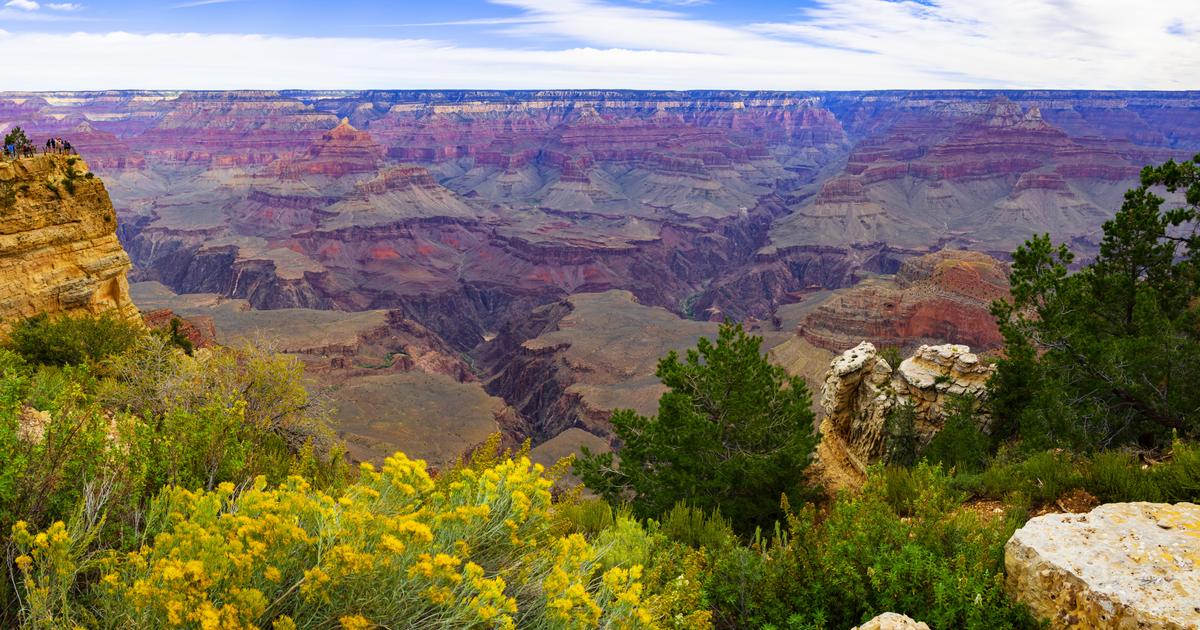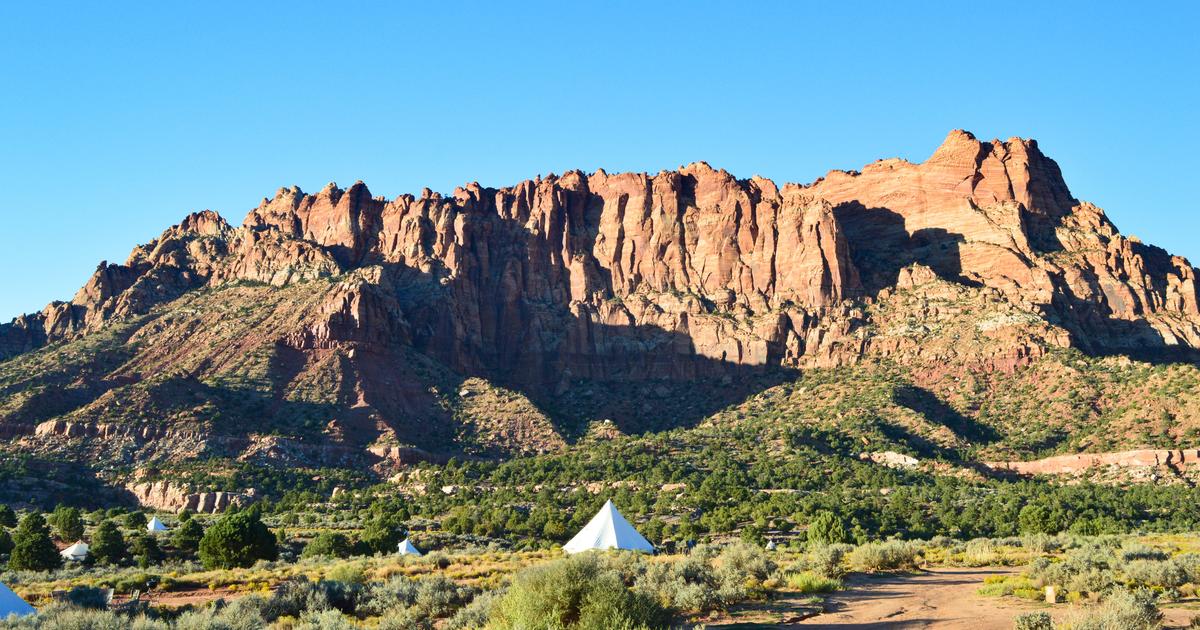Half a century has passed and the myth of Laurel Canyon continues to grow. From that neighborhood of Hollywood Hills, in Los Angeles, dozens of young musicians moved from 1965, today myths. The listing impresses: The Byrds, Buffalo Springfield, Brian Wilson, Jim Morrison, Gram Parsons, Eric Clapton, Joni Mitchell, Jackson Browne, Linda Ronstadt, Fleetwood Mac, The Eagles, Carole King, James Taylor, Graham Nash, Frank Zappa or The Mamas & The Papas. They were ten years of evolution. From kids dressed as the Beatles in suits and ties, to bearded rock stars, through fringes, LSD and amoeba shirts. So there is no rock history to forget that wooded area, an urban oasis just a step from the bustling Sunset Strip.
The legends, like everything, go through streaks, and it seems that this one in particular is being reborn. Laurel Canyon has just been released in the United States , a two-part documentary directed by Allison Ellwood and Spain has just arrived, via Filmin, Echoes of an era (2019) a kind of making of the duet album that Jakob Dylan, the most Youngest of Bob Dylan and Sara's four children, he recorded with current artists and songs composed in Laurel Canyon.
Most of those accomplices appear in the documentary. A pizpireta Regina Spektor, a Beck so stiff that it seems that a broomstick has been shoved up his butt and the always emotional Cat Power chat with Dylan Jr, in his Laurel Canyon casoplon, where homes today have an average price of 3,000 .000 euros . They also take the stage at a 2015 Jakob Dylan concert. It is presented by Andrew Slater, former president of Capitol Records, who directs the documentary, and is responsible for having added Fiona Apple or Norah Jones to the project. All vocalists, the musicians are in the background. I miss when folk rock was both vocals and guitars.
Eric Clapton, at a 1975 concert. On video, trailer for the documentary 'Echoes of an era'.
Echoes of an Era focuses on the first four years of Laurel Canyon, between 1965 and 1969, when folk rock was created. The most engaging are the interviews , especially that of Tom Petty, the last filmed with the Florida musician before he died of a heart attack in 2017. But also interesting are the talks with sixties residents like David Crosby, always given to grandiose statements, which, true to itself, assures that he was the first to move there and that what changed the world. “Thanks to us there was poetry on pop stations. I change everything and everyone, "he says flatly. In fairness, the first tenants of those houses were Hollywood stars, following Natalie Wood, who had moved there in 1955.
What all of those Laurel Canyon neighbors agree on is that Roger McGuinn, Crosby's partner in The Byrds, is the creator of folk rock , the sound that flourished in Laurel Canyon. He himself says that when he discovered that the Beatles used folk chords, he insisted on giving folk songs the Beatles touch with the help of 12-string Rickenbacker guitars. It was a huge leap in the rock ecosystem. In 1965, The Byrds released their first album and that can be considered the start of the Laurel Canyon sound. A place Echoes of an era describes as a happy world in which everyone was friends and visited each other without warning and made versions of each other and learned and influenced each other as they made success after success and smoked joints and ate salads. What is shown is a generation of very carefree white twentysomethings who idolized The Beatles as you can only respect someone who has changed the rules of the game and who they saw with pride as one of their magnificent works, Sargent Pepper´s was a consequence from the Beach Boys' Pet Sounds, created by a neighborhood neighbor, Brian Wilson.
And in part they attribute it to the magic of the place. Not only in Laurel Canyon, a neighborhood where you could rent an entire house and never close the door, for the entire city. They compare Los Angeles with the Vienna between the centuries or with the Paris between the wars. "All the dreamers came here," says Tom Petty of that mythical, sunny, laid-back California where marijuana was cheap and girls free. Although in folk rock there was more sexual openness than explicit sex. The straw that filled the glass to kick David Crosby out of The Byrds was that he tried to sneak in Triage , a song about a trio. Los Angeles was the dream of any musician. A place full of recording studios with wise but unstretched technicians and prodigious composers ("I think Brian Wilson has nothing to envy Mozart," says Tom Petty) creating new sub-genres every month.
This paradise, of course, could not last. Less than three years after The Byrds debut, egos begin to take their toll and two of the main groups suffer internal cataclysms. Echoes of an era , end them. On the one hand, the expulsion of David Crosby from The Byrds in 1968 after being fed up with his peers from his self-proclaimed leadership . On the other, the departure of Neil Young from Buffalo Springfield . He left without saying goodbye, after the recording of the eloquently titled Expecting to fly. It was the first of his mythical fears. He doesn't seem to have much interest now in talking about that time . He only appears in the closing credits of the documentary, playing I Wasn't Made For These Times in a studio, separated from the camera by a window, as if he had been shot on the sly.
At the same time, the world was darkening. The death of Robert Kennedy, the escalation in Vietnam and the 1969 murder of Sharon Tate by the crazy hippies of Charles Manson in a house just 20 minutes from Laurel Canyon change the atmosphere. Still, the neighborhood was trendy. New stars arrive as Jim Morrison, leader of The Doors, who moves to Love Street from the song O Graham Nash, the man who brought the Hollies from merseybeat to psychedelia through folk rock. When Nash introduced the Hollies to the Jipi Marrakesh Express , and they turned pale from references to hashish, he left them - them, his wife, and their children - in Manchester and flew into the canyon to form Crosby Stills and Nash.
It is quite symbolic that the name of the supergroup of the second epoch was the sum of the surnames of its components. As Beck says in the documentary, the first era ends when it matters most as an individual musician l os groups. Sometime around the 1970s, the American music industry decided to go where the money was. The record labels left their headquarters in fast-paced New York to land in bright, laid-back Los Angeles. Songwriters are empowered, who would soon become the most successful economic model in entertainment history. They wrote, sang, played solo, and sold many more albums than singles. The industry went wild for every hairy Californian with an acoustic Martin. It's time for Carole King, James Taylor, Neil Young, (who in 1972 sold tons of his Harvest), Stephen Stills, Jackson Browne or Joni Mitchell, the queen of the cannon, author of Ladies of the Canyon, (1970) . The album is supposed to be dedicated to the women of Laurel Canyon , young beauties in a macho environment in which they were devoted admirers, ardent lovers and good skilful cooks with the griddle. With exceptions, like Michelle Philips, of The Mamas & The Papas, who did what she wanted.
The drugs also hardened. It was in Los Angeles where Gram Parsons became fond of heroin. Money flowed and creativity languished. In the early 1970s, the cannon stars are The Eagles, who arrived late to almost everything and possibly for that reason, between 1972 and 1980, were the most famous American rock band on the planet. Even though they've been reviled around the world, ( from Lester Bangs, to The Big Lebowski's Note with his mythical "I hate fucking Eagles, man"), they're still huge. In 2014, a report by consulting firm Nielsen said that Hotel California, the anthem of this flaccid age in the canyon, was playing on US radio stations once every eleven minutes. Fleetwood Mac also finished there and recorded another of the best sellers in history, Rumors. Or glam rock stars like Alice Cooper. In the mid-1970s, Los Angeles had become the place to be if you wanted to be a star. Even Bowie moved there in '75, drunk on esotericism and cocaine. By then Laurel Canyon had morphed into a parody of himself, with godlike stars living in a bubble. Punk would come soon , making hippy an insult.
If we believe Michelle Phillips of The Mamas & The Papas, the 70s at Laurel Canyon were nothing more than a long and painful agony. “Before 1969, my memories were nothing more than fun, excitement, reaching the top of the charts and loving every minute of it. Manson's murders ruined the Los Angeles music scene. That was the nail in the coffin of freedom. No more 'let's get high, everyone is welcome, come in, sit down'. They were all terrified. I had a gun in my bag and I never invited anyone to my house again, ”he said. The cannon had been turned into a golden cage.



/cloudfront-eu-central-1.images.arcpublishing.com/prisa/H2U67J3DUNAJ7PTX2UNLIVIPEM.jpg)





